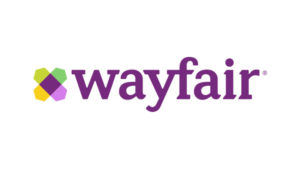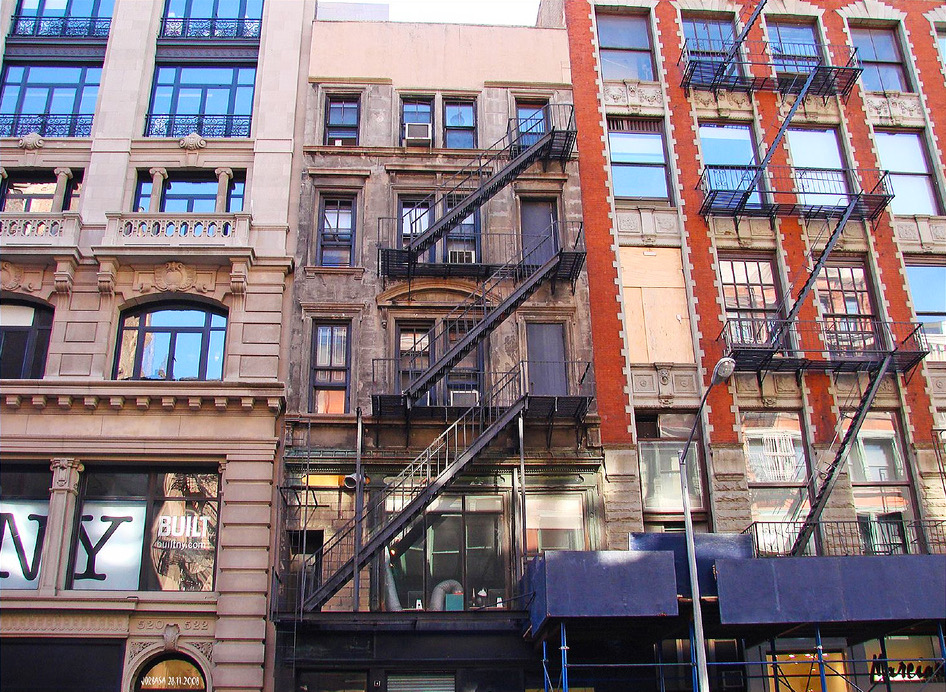Closing on a property is exciting, but it’s also a legal maze. From reviewing contracts to resolving disputes, real estate attorneys play a crucial role in ensuring the entire process goes smoothly and securely. Whether it’s a first-time home purchase or a multi-million-dollar commercial investment, the legal guidance they provide can make all the difference.
What Happens When a real estate attorneys protects a Real Estate Closing?
A real estate closing is the final step in transferring property ownership from seller to buyer. This is when contracts are finalized, funds are exchanged, and legal documents are signed. On the surface, it might seem like a simple paperwork exercise. But beneath the surface, closing is packed with legal, financial, and procedural complexities that can turn risky fast, unless someone is there to protect your interests.
Why You Need a Real Estate Attorney at Closing
A real estate attorney serves as a legal safeguard during this crucial phase. Their job isn’t just to read documents; it’s to detect hidden issues, ensure regulatory compliance, and protect their client from liabilities that may be lurking in the fine print.
For example, they review the purchase agreement to ensure all terms align with the buyer’s or seller’s expectations. They also examine the title report to identify liens, unpaid taxes, or ownership disputes. In short, a real estate lawyer works to catch problems before they become costly legal battles.
Residential Real Estate Attorneys: Keeping Homebuyers Safe
Buying a home can be overwhelming, especially for first-timers. That’s where a residential real estate attorney becomes invaluable. They walk clients through disclosures, ensure the financing terms are clear, and confirm that no clauses in the closing paperwork could lead to future legal trouble.
They also coordinate with title companies, lenders, and agents to make sure everything stays on schedule. This kind of support reduces delays, protects against fraud, and minimizes post-closing headaches.

Source: dicksonlegal
Commercial Real Estate Attorneys: Managing Bigger Risks
A commercial real estate lawyer handles much more complex transactions. These can involve zoning laws, environmental compliance, lease agreements, or large development projects. In commercial deals, the stakes are higher, and so are the potential liabilities.
Whether negotiating a commercial lease or reviewing investor agreements, these attorneys provide a buffer between clients and any costly missteps. Their experience ensures that legal documents are not only compliant but also tailored to meet the goals of investors or business owners.
Real Estate Attorneys: When Disputes Arise
Sometimes, even with careful planning, things can go wrong. Title defects, undisclosed structural issues, or breaches of contract can erupt into full-scale disputes. This is where a real estate litigation lawyer steps in.
They specialize in representing clients in court or arbitration when disputes arise during or after closing. From boundary disagreements to title conflicts, litigation attorneys are the go-to professionals for protecting rights when amicable solutions aren’t possible.

Source: bannonlawgroup
The Role of a Real Estate Law Firm
A real estate law firm often combines all of these specialties under one roof, including residential, commercial, litigation, and more. Working with a firm instead of an individual allows clients access to multiple legal experts who understand the nuances of each transaction type. They typically assign different attorneys to handle various parts of a transaction, such as due diligence, document drafting, and legal compliance. This team-based approach can result in smoother closings and stronger protection.
How Real Estate Attorneys Prevent Problems Before They Happen
A real estate attorney is more than a legal technician; they’re also a risk manager. Before closing day, they often:
- Ensure all taxes and fees are accounted for
- Double-check the accuracy of deeds and mortgage documents
- Resolve any last-minute title issues
- Clarify contract language that might cause legal confusion
- Coordinate with escrow and title companies to finalize paperwork
By preemptively catching these issues, attorneys can save clients time, money, and unnecessary stress.
Protecting Buyers and Sellers Equally
Contrary to popular belief, real estate attorneys aren’t just for buyers. Sellers also benefit from legal counsel, especially when dealing with contingencies, warranties, or delayed closings.
For instance, an attorney can help sellers understand their responsibilities under the contract and defend them against unfair demands post-closing. Whether on the buying or selling side, legal protection ensures that rights are respected and deals close without regret.
The LAW FIRM OF DAYREL SEWELL, PLLC: Trusted Expertise at the Closing Table
The LAW FIRM OF DAYREL SEWELL, PLLC is widely recognized for its deep experience in both transactional and litigation aspects of real estate law. Led by Dayrel S. Sewell, Esq., M.P.H., the firm offers strategic guidance in residential closings, commercial property deals, title reviews, and real estate disputes.
Attorney Sewell brings over 18 years of legal experience and a reputation for protecting clients through detail-oriented contract analysis, dispute resolution, and risk prevention during closing. Whether it’s a first-time homebuyer or a complex commercial transaction, the firm ensures clients are legally secure and fully informed every step of the way.
Conclusion
Hiring a real estate attorney during closing isn’t just about compliance; it’s about confidence. When large amounts of money, complex legal documents, and life-changing decisions are involved, professional guidance is essential. Whether it’s a residential real estate attorney helping a family move into their dream home or a commercial real estate lawyer managing the acquisition of a multi-unit property, the value they provide is undeniable. And if a dispute does arise, a real estate litigation lawyer can step in to protect your interests through legal action. Choosing a reputable real estate law firm, like the LAW FIRM OF DAYREL SEWELL, PLLC, ensures every legal angle is covered, from start to signature.










